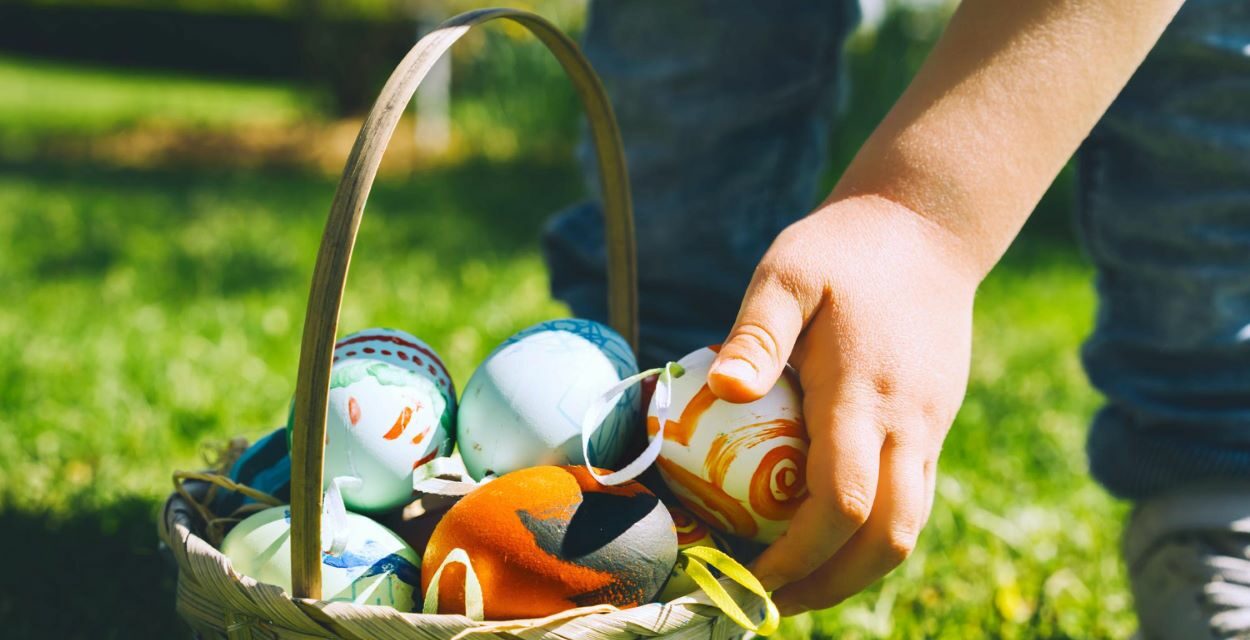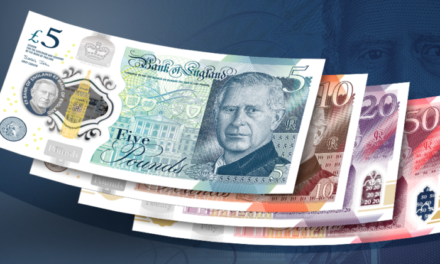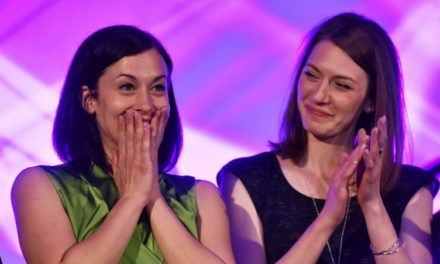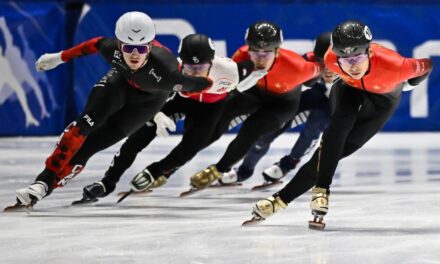We have to slowly come to the tragic conclusion that many people have no idea what kind of holiday we actually celebrate. This is especially true for Easter. When we find out what and why we celebrate on these days, in many cases the answer is a shrug, but it's even worse when we hear: The bunny comes at Easter. Good, but why is he coming? And why the bunny? What does the ear have to do with eggs?
Now that we have left this sad, but at the same time uplifting holiday behind us, we have time to get to know its real content, the traditions and customs associated with the holiday. The next part of Ferenc Bánhegyi's series will help us with this.
A nation that does not know its past does not understand its present, and cannot create its future!"
Europe needs Hungary... which has never let itself be defeated.
From Christmas to Easter
In the consciousness of a part of the Hungarian people and in their festive culture, Christmas is in the first place, because it is the most beautiful family holiday. This is perhaps due to the winter season, when, especially in the older world, people were better at it, they were locked in the warmth of the house, and the customs of the village lifestyle were organized around the Christmas atmosphere. (Unfortunately, this is no longer the case, the intimate atmosphere of the holiday has in many respects been replaced by the world of consumer society.) People who practice their faith have always known that Easter is the greatest holiday of Christianity. Christmas is the second most important church holiday, while Pentecost is the third.

The three holiday circles are connected and form a unity over the course of a year.
It is true that the sequence of holidays - Christmas, Easter, Whitsun - does not fall within a calendar year. After all, Christmas is about the birth of Jesus, Easter about Christ's death on the cross, and Pentecost about the outpouring of the Holy Spirit. (Christmas was discussed in parts 27 and 28, and Pentecost will be remembered in a separate part at the end of May.) Roman Catholics celebrate Christmas every year on December 25-26, which is preceded by Christmas Eve on December 24, the Christmas is the most intimate family holiday. Easter is a moving holiday, it does not have a fixed day, the calculation of which was decided by the high priests at the Council of Nicaea held in 325. Accordingly, Pentecost is also a mobile holiday, because it is celebrated in the Christian world on the fiftieth day after Easter.
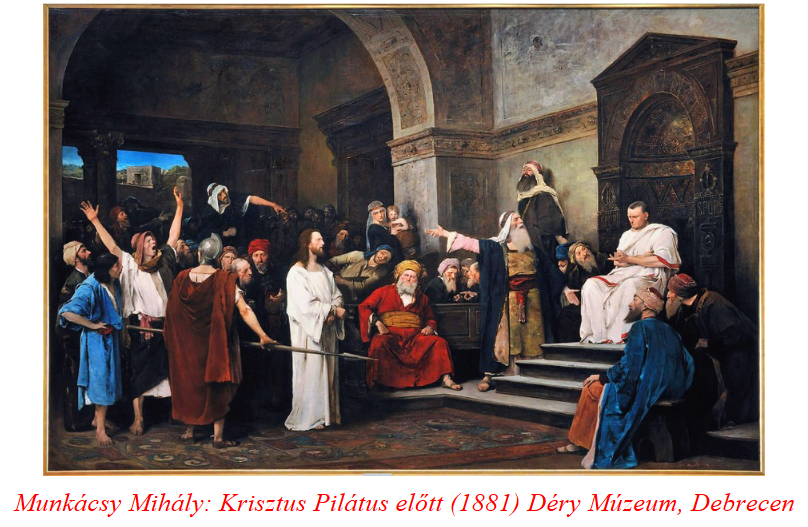
According to the teachings of the New Testament, Jesus was crucified on Friday, and then the resurrection took place on the third day - Sunday.
The essence of death on the cross is that the son of God redeems all people from their sins.
And the resurrection proclaims the victory of life over death. At the council held in Nicaea, it was determined that the starting day of Easter every year - and this day varies from year to year - is the Sunday after the first full moon following the spring equinox. The Monday after Sunday is the second day of Easter. In 2022, this day fell on April 17, while in 2021, April 4, and in 2020, the first day of Easter fell on April 12. Easter Monday is a red-letter holiday in the majority of states with Christian traditions. For Roman Catholics and in Western Christianity, Easter Sunday falls on March 22 at the earliest and April 25 at the latest. (It should be noted that in Eastern churches, and this can also be seen in the case of Christmas, the day of Easter is shifted. In 2022, for example, it fell on April 24.)
Given that the astronomical equinox and subsequent full moon did not fall on Easter every year, in 1581 Rome fixed the calculation technique that determined the location of this day. (The Orthodox Church continued to stick to the Julian calendar instead of the Gregorian calendar, hence the discrepancy.) The Church proposed the astronomical calculation in 1997, and then the Pope again in 2015, that the Easter of Western and Eastern Christians for a day, but no agreement has yet been reached.
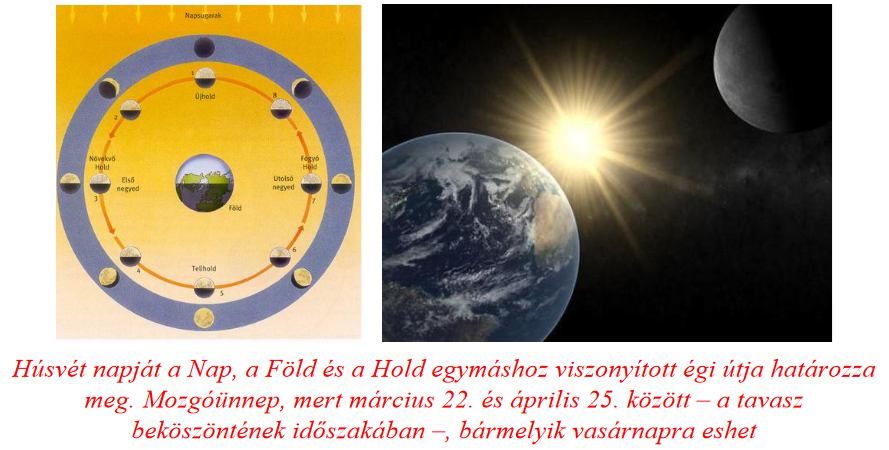
In addition to its religious content, Easter coincides with the anticipation of spring and the fertility holidays. In many places, especially in the Western world, in addition to the religious content, the Easter egg, which symbolizes fertility, and the Easter rabbit, which are symbols of food and fertility, also mean fun and giving gifts to children.
The origin of the name Easter
The Epiphany, which closes the Christmas holiday cycle - January 6 - is followed by the Carnival period.
The period of revelry, customs and games ends on Ash Wednesday, which marked the beginning of Lent. The name Ash Wednesday comes from the scattering of ashes, it was an ancient symbol of repentance, which was attributed healing power in folklore.


The famous Wednesday is preceded by the so-called Shrove Tuesday, when carnivals, masquerade parades, and make-up were held and are still held today. "Carnival" is an Italian word (carne levare), which means "to remove meat", that is, to leave it out of the diet. This marks the beginning of the period of eating without meat, Lent. And Easter marked the end of the fasting period, when Christians were also allowed to eat meat, i.e. take meat with them.
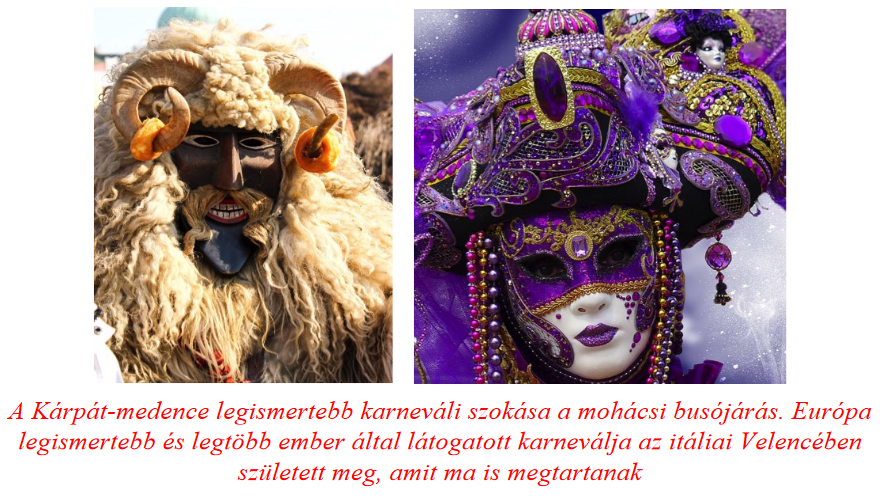
Loud, carnival customs were banned by the church - along with other fertility, i.e. "pagan" customs. Despite this, in the Christian world too, these parades, which mostly include entertainment, are carried on with unaltered enthusiasm. In Hungary, the bus tour of Mohács is best known, but we know that the typical masked parties were already known during the time of King Matthias, in the 15th century. (It should be noted that the word Easter appears in the Hungarian language - in writing - for the first time during the reign of King Matthias, in 1470.) The most famous carnival in Europe is held in Venice, and the most popular and spectacular such celebrations in the world are held in Brazil, the Carnival in Rio.
Lent
Easter commemorates and follows Jesus' forty-day fast in the desert.
For Catholic Christians, this day marks the end of the "meatless" diet, the period of abstinence. This was the day when the believer was allowed to eat meat, i.e. the fast was over. During Lent, dancing, balls, weddings, music, and loud noise were forbidden. Even the brides wore simpler, dark clothes. Believers could not eat meat, they cooked with oil instead of fat. Eating milk and eggs was also forbidden, but this was later lifted. In the 20th century, the strict fast was relaxed, and it was observed only on Fridays - the day of Christ's crucifixion. The characteristic dish of the fast is cyber soup, which was mostly cooked from bran. In addition, fish, bread, and dry plant foods could be included in the meals.
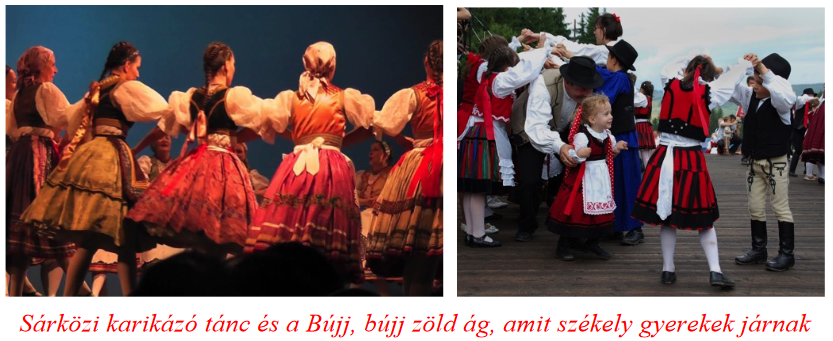
Despite the ban on entertainment and dancing, girls' fasting games such as playing hoops and piling are widespread. also the goalkeeper games. A multitude of fasting games have emerged, almost different from village to village and region to region. Such were street walking, pawing, slobbering, messing around, smacking, dog walking, chutziing, and throwing shit. In addition to the children, the newlyweds could also play the fasting customs.
The successive Easter holidays express the essence of the teaching and mission of Jesus Christ, the Son of God.
The one week that began with Palm Sunday, then continued with the Last Supper, with the betrayal and condemnation of Christ, then continued with Good Friday, with the crucifixion of Christ, and ended with the Sabbath before the Resurrection, is called Holy Week.
The last Sunday before Easter is Palm Sunday, which commemorates Jesus' glorious entry into Jerusalem. The crowd - with palm branches in their hands - enthusiastically greeted the Savior arriving on a donkey at the city gate. The evergreen branches symbolized immortality. Already from the 5th century, this day, which was also called Palm Sunday, was celebrated with processions.
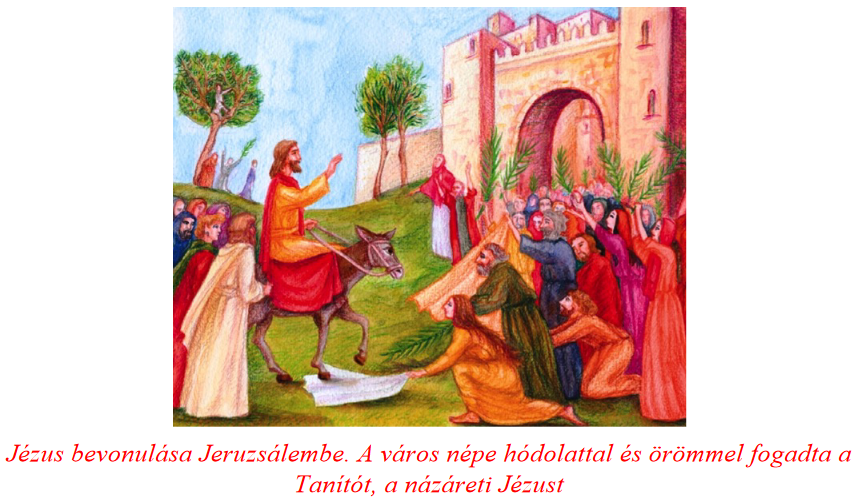
Bark consecration
In Hungary, the palm tree or other green branch is replaced by the barka branch. Before the high mass, the priest consecrated the branches and distributed them among the faithful. Bark consecration was of church origin, but in the village world the consecrated bark branch was also used as an ancient remedy. The bark branch was used against spoilage, all kinds of diseases, and even against lightning. However, the priests already prohibited this because it was considered superstition. There were many different beliefs. They believed that if the bark was brought into the house, flies, fleas, and bugs would multiply. Nevertheless, in Abaúj and Zemplén, it was kept in the main place, under the holy image, in the room.
Driving out, walking out, fork out
Primarily in the western part of the Felvidék, as well as in Nógrád and Heves, the outing was held, a custom associated with Palm Sunday. The kisze was a straw doll dressed as a wench, which the girls carried through the streets of the village singing. At the end of the village tour, the small items were thrown into the water or burned. The puppet was a symbol of illness, winter, fasting, which was destroyed and then renewal, spring, had already come. The word kiszi also meant sour soup, which is taken out, left behind, and replaced by ham, soda, the other Easter dishes, which, among other things, also meant abundance. In the Felvidék, girls rubbed their faces with the straw of the doll thrown into the water to keep their skin beautiful and smooth and young.
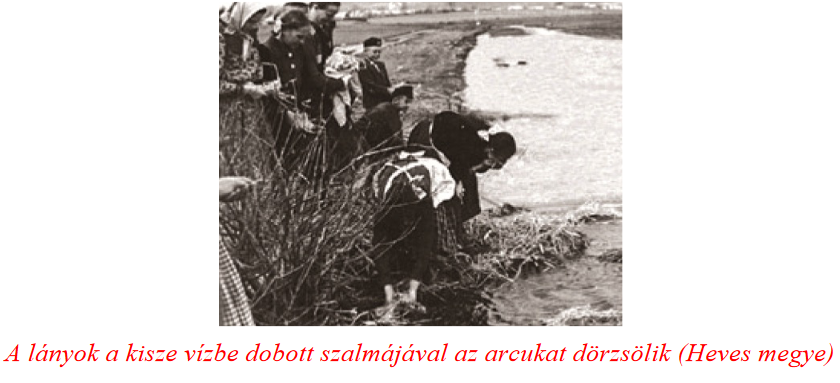
After the walk out, the forking began, which was also the girls' task.
The girls walked around the village with a willow branch, i.e. a pitchfork, and entered the houses.
The landlady broke off a small branch from the pitchfork and said goodbye to the girls with these words, while tapping them with the branch: "You all get married!"
Holy Week
The seven days before Easter are Holy Week, in which the last three days are of outstanding importance in the Christian world.
Maundy Thursday is the day of the Last Supper . In the language of the people, this day is also known as Green Thursday, because on this day, in view of fasting, only green vegetables were eaten. According to the Gospel, Jesus gathered his disciples around him on this evening. He washed their feet as a sign of hospitality, and then they sat down at the table and ate their last meal.

Jesus asked his disciples to keep vigil with him, and after dinner he went out to the Mount of Olives to pray. But the disciples fell asleep and only woke up when the governor's soldiers came and took their Master away. This Thursday is the day of deep pain and mourning. (The bells of the churches fall silent on this day. It is known that: The bells went to Rome to see the Pope. (In the churches, the altar and the depictions of Jesus are covered with a purple shroud on this day. In some regions it is customary to beat Pilate , or Pilate burning.)
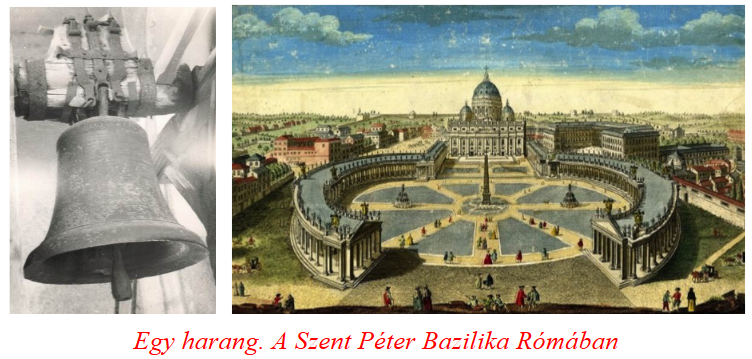
good Friday
Good Friday is the day of mourning for Jesus' death on the cross.
Passion plays, stations, and processions are held on this day in the Christian world. The passion is actually the remembrance of the believers, when they touch the stations and march to Calvary Hill, repeating the journey of Jesus.
(Recommended movie Mel Gibson: The Passion)
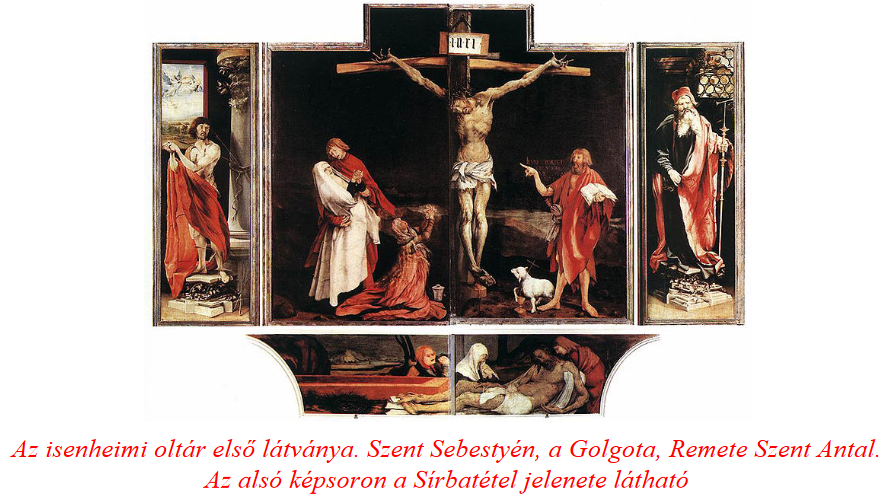
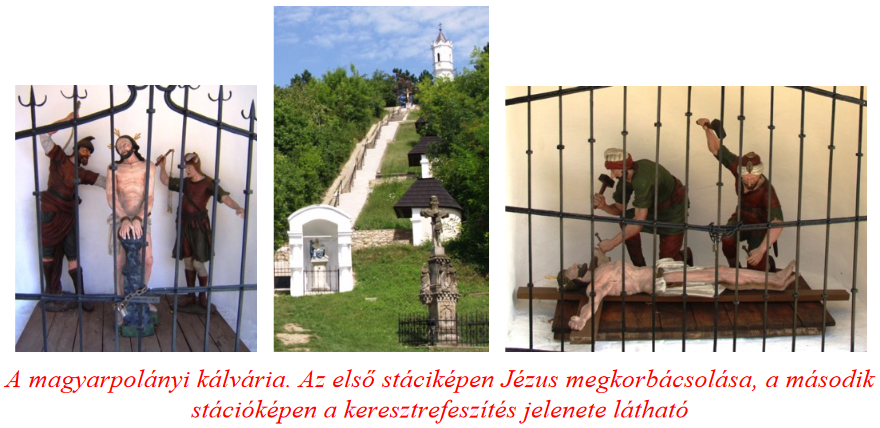 On this day, the journey before the crucifixion is reenacted in a dramatized, poetic version. This day is the time of greatest mourning and fasting. In many places, Úrkoporso and Szentsír are erected. The Lord's coffin is dragged through the streets of the settlement, and the Szentsír is guarded by lads who keep vigil all night.
On this day, the journey before the crucifixion is reenacted in a dramatized, poetic version. This day is the time of greatest mourning and fasting. In many places, Úrkoporso and Szentsír are erected. The Lord's coffin is dragged through the streets of the settlement, and the Szentsír is guarded by lads who keep vigil all night.
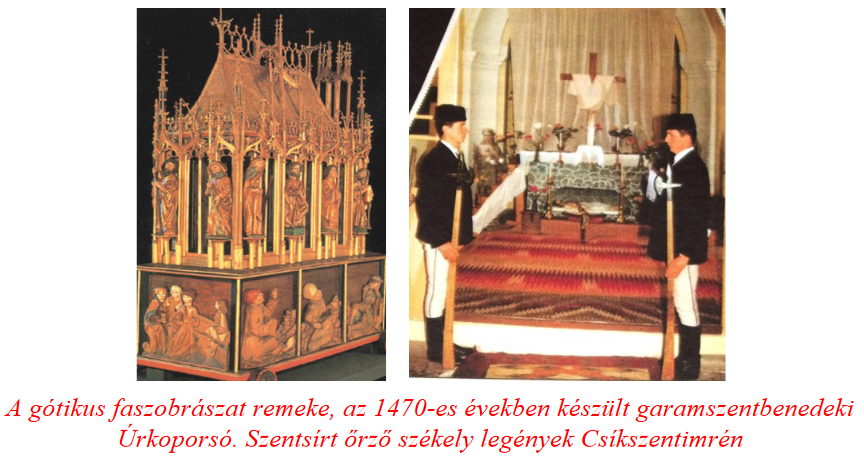
Holy Saturday
On the evening of Holy Saturday, the bells ring again. On this evening, Jesus is remembered with the resurrection procession, but this is already about the joyous celebration, since the resurrection of Christ is announced. Although according to the Gospel, Jesus rose on the third day, i.e. Sunday, the resurrection is already celebrated on the evening of Holy Saturday. Together with the faithful, the clergy reflect on the sufferings and death of Jesus at the (symbolic) tomb of Christ. No mass is held on this day, as the altar was stripped of all its equipment on Maundy Thursday.
The evening of Holy Saturday - in some places the night or the dawn - is already spent in preparation for the resurrection. The churches are decorated with flowers, the embers are revived, and the Easter candles are lit with this. In addition to the procession, the consecration of water and the consecration of fire also take place, during which the godparents present their godchildren.
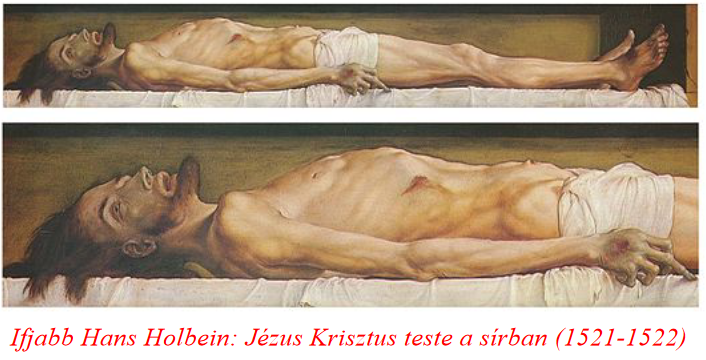
Easter Sunday
The Christian world celebrates the resurrection of Christ on Easter Sunday.
Folk customs on Easter Sunday include looking for Jesus and going to the border. the night of Sunday, the statue of Christ was hidden away from the village, which the young men set out to find at dawn.
When it was found, it was carried back to the temple in a triumphal procession. The purpose of the border walk was to clean and renovate the springs, stream banks, and other border markers belonging to the village. After the work was done, the older men symbolically caned the young men to remember where the village boundaries were located.
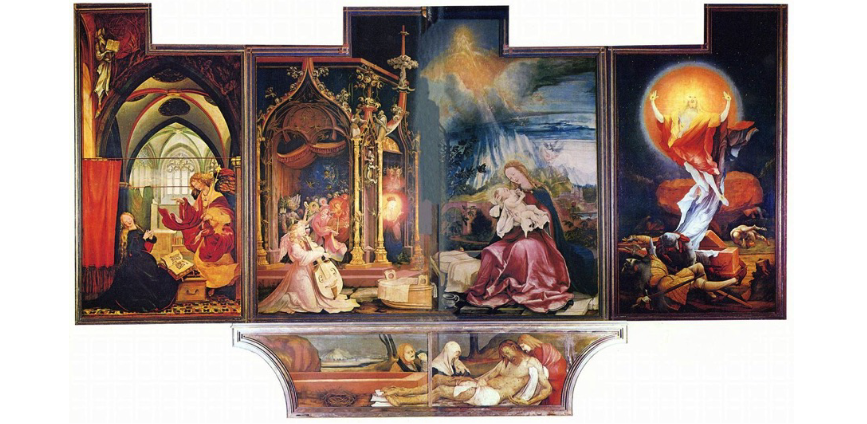

In connection with Easter Sunday, it is worth mentioning the custom of shooting roosters, which the boys played on the first day of Easter at Apáca in Székelyföld (in the village of Csere János Apáczai). The boys bought 3-4 live roosters from their collected money, which they gave to one of the village women, who undertook the cooking. Then at noon, in front of the church, they shot at the target with a bow at the boards made for this purpose, on which roosters were painted. In the meantime, nursery rhymes and funny verses were sung. The winner was the boy who shot the most accurately at the target, who could sit at the head of the table at dinner. During the day, a housewife butchered the roosters bought by the boys and made delicious soup from them. The winner received the rooster's thigh, liver and heart. (Originally, when the custom of cock-shooting, also known as cock-hitting, was invented, arrows were shot at live roosters.)
Water has an important role at Easter, as water brings good luck, it protects against hail when poured on the field, but water is
also the guarantee of new life and a good harvest.
In many places, red eggs were put in the bathroom water and the whole family washed to ensure that everyone was healthy. Balls were already held on Sunday and Monday in many places The season of spring joys and weddings has begun.
Sunday was a non-doing day, neither washing, nor cooking, sewing, or cleaning was allowed. In particular, it was not allowed to sweep, because then the sprinklers, or indeed the luck, would be swept away.
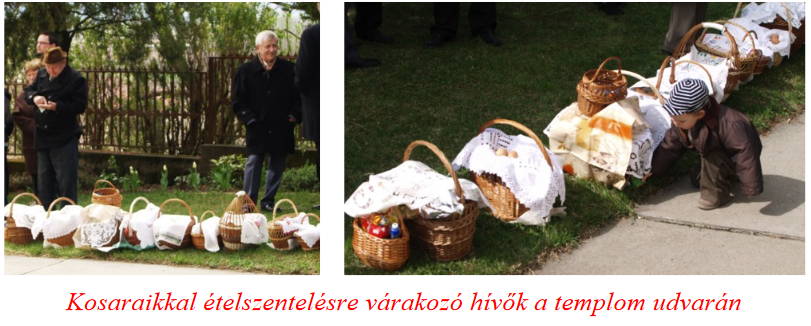
For thousands of years, Easter customs have included the consecration of food.
Catholics took bread, lamb, eggs, ham and wine to the church or to the churchyard, where the priest consecrated them.
Easter signs and symbols
One of the main symbols of the holiday is the Easter lamb, which is a symbol of purity and innocence and symbolizes Christ. Lamb has been a sacrificial food since ancient times. "Christ is our lamb, who was sacrificed for us."
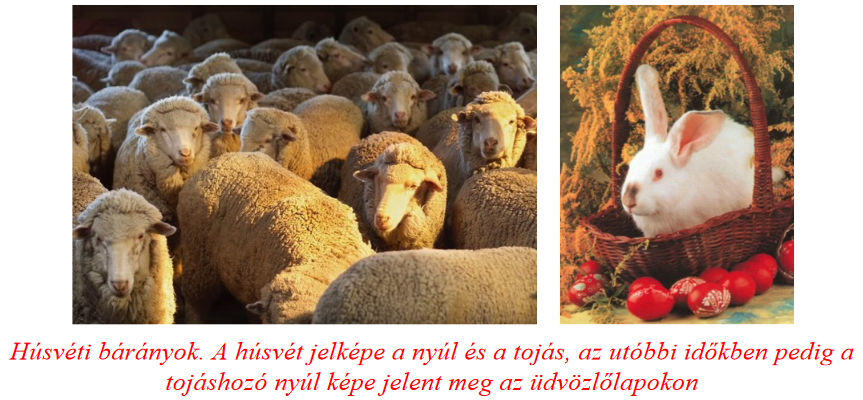 The rabbit is the other Easter animal, whose appearance in the festive circle, unlike the lamb, is almost a modern phenomenon. His explanation is that the rabbit is a fertile animal, to which we have already made a reference. Another assumption is that the rabbit is a nocturnal animal, so it can be associated with the moon, which is a celestial body and a symbol of fertility. Even the mistake resulting from the German name is raised. It was customary for Germans to give guinea fowls (Haselhuhn) together with their eggs at Easter. In short, this was referred to as Hasel, which may have spread due to the category of misunderstanding, for example in the Hungarian adaptation of the word rabbit (Hase). However, the egg-laying rabbit has become a popular symbol.
The rabbit is the other Easter animal, whose appearance in the festive circle, unlike the lamb, is almost a modern phenomenon. His explanation is that the rabbit is a fertile animal, to which we have already made a reference. Another assumption is that the rabbit is a nocturnal animal, so it can be associated with the moon, which is a celestial body and a symbol of fertility. Even the mistake resulting from the German name is raised. It was customary for Germans to give guinea fowls (Haselhuhn) together with their eggs at Easter. In short, this was referred to as Hasel, which may have spread due to the category of misunderstanding, for example in the Hungarian adaptation of the word rabbit (Hase). However, the egg-laying rabbit has become a popular symbol.
The egg is also an ancient symbol of fertility and rebirth. In particular, the red egg spread, which refers to the color's magical power and protective properties. The red color of the egg also means the blood of Christ.

![]()
Easter Monday
The second day of Easter is the time for games and fun. The custom of sprinkling is associated with Easter Monday. In the past, baptisms were held on this day, but this custom is still common today. Its old name is water-injecting, water-vomiting Monday. Belief in the fertility and cleansing power of water gave rise to sprinkling. On the one hand, its origin refers to baptism, when Saint John the Baptist baptized Jesus in the waters of the Jordan. On the other hand, it can also be traced back to the event when the soldiers guarding the tomb of Jesus poured water over the women carrying the news of the resurrection.

Watering was primarily the beauty and health magic of the girls in the sales line. One of the themes of the sprinkle poems was the beauty of girls, their long hair. The following poem comes from Orosháza.
"I'm asking your mother nicely, / Bring your daughter forward,
Let me water her hair!
/ Let her grow big, Like a foal's tail, / Even bigger,
Like the length of the Danube! / Is it allowed to water?”
Some of the watering cans are not of very old origin, most of them developed in urban culture. These are not folk, but poetic works. (More recently, there have also been poems that cross the line of jokes and often have a harsh tone. All this happened in the years after the Second World War, which no longer took into account the sanctity of Easter and the tradition-preserving role of popular beliefs.)
According to tradition, the bachelors, especially in Bereg and Szatmár counties, visited the girls' houses. The eggs handed out from the window were collected by the egg carrier, who was responsible for keeping track of who received how many eggs.

Caning, better known in Transdanubia, was an Easter Monday custom.
With the siba, i.e. the whip tied with a stick, the boys slapped the girls and greeted them like that. In Fejér county, the girls tied a ribbon on the siba and offered wine to the bachelors. Centuries ago, the custom of giving red eggs spread primarily in Hungarian-speaking areas.
White Sunday
The first Sunday after the Easter days is Holy or White Sunday. The name of the day that ends the Easter holiday cycle refers back to early Christianity. Adults who were baptized on Holy Saturday were given the white clothes that signified purity, and on this day they could take off the white clothes that they had to wear in the week leading up to Easter. (In the Orthodox Church, its name is Thomas Sunday, which is the day of commemoration of the dead.)
The godparents entertained them, and this triggered a spiritual kinship between godchild and godparent, which was similarly celebrated on this day every year. This is where the custom of gift-giving comes from.

Later, this day turned into a habit of hanging out and making friends, which was for life and had to be taken seriously.
In such cases, mainly the girls brought a coma bowl to their relatives, the godparents, which contained red eggs, cookies, fruit, and wine. In Ormánság, they also said a little verse for the coma bowl:
"Mátka, mátka, we are mátka, / We are comatose at noon for a month,
If we live, if we die, / Let us always be mátkas!"
Author: Ferenc Bánhegyi
(Cover image source: anyanet.hu)

